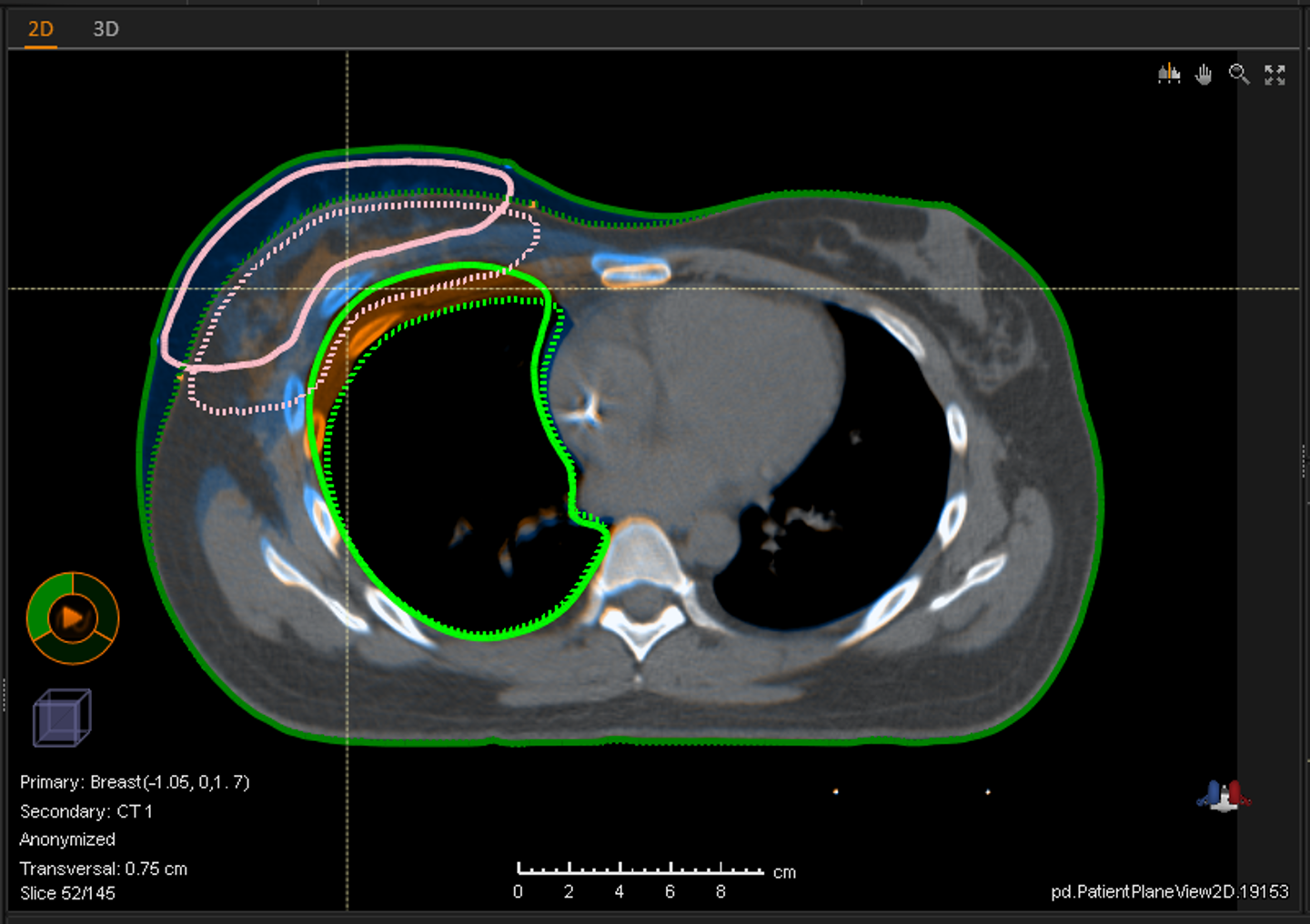Market leading in particle therapy
Many particle centers worldwide are using RayStation for their proton planning. Probably because RaySearch has been, and continues to be pioneers in cutting edge proton planning techniques. Highlights in RayStation®* 11B include:
- Presentation of Linear Energy Transfer (LET) distributions
- Monte Carlo Dose engine now on GPU, cutting the dose computation to under five seconds for most cases
- Robust optimization and evaluation
- Machine learning autoplanning with robustness
- 4D-optimization
- PBS optimization with apertures
- Multi-criteria optimization with robustness
- Fully integrated adaptive planning
- Automatic creation of backup photon plans
- Simulated organ motion
- Ocular planning
We support proton therapy systems from IBA (Proteus® Plus, Proteus®ONE), Varian** (ProBeam®, ProBeam360®), Hitachi (ProBeat), Mevion (HYPERSCAN), Sumitomo and ProNova (SC360). The system offers the full range of treatment options, including pencil beam scanning, double scattering, single scattering, uniform scanning, line scanning and wobbling.
* Subject to regulatory clearance in some markets
** The marks VARIAN and ProBeam are trademarks of Varian Medical Systems, Inc. There is no association, sponsorship and/or endorsement between RaySearch Laboratories AB (publ) and its subsidiaries or related entities with Varian Medical Systems.





